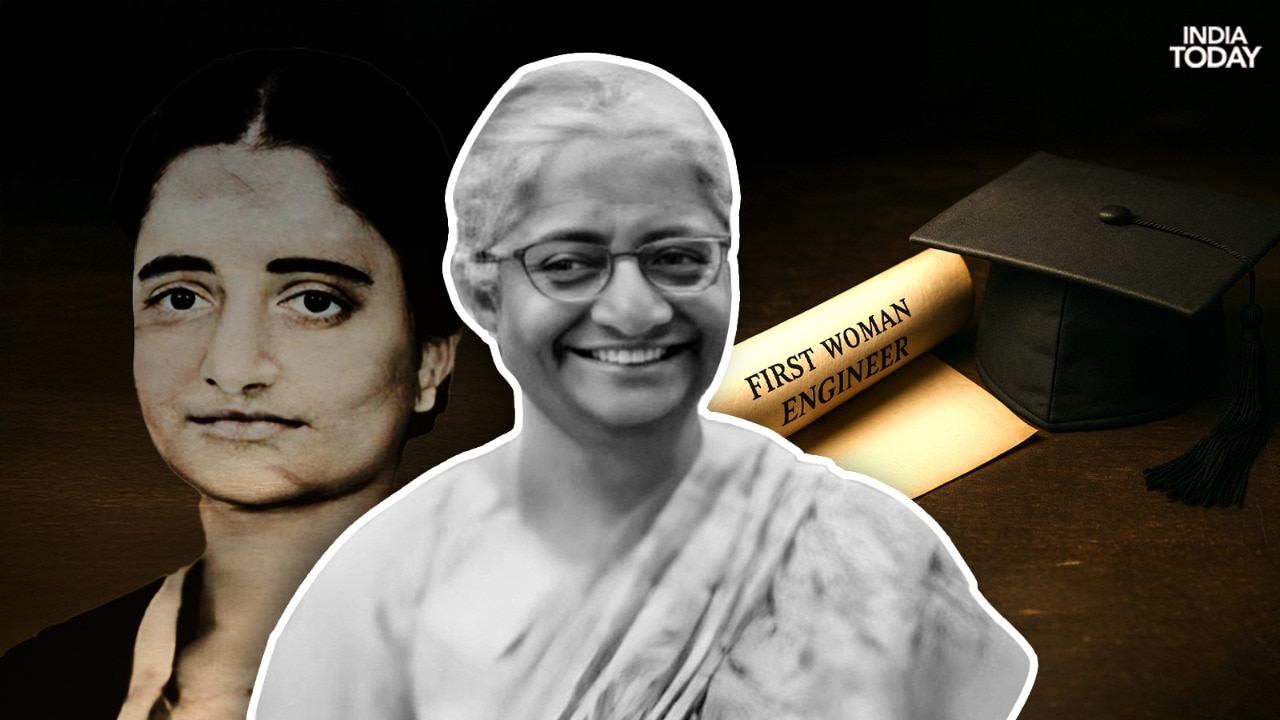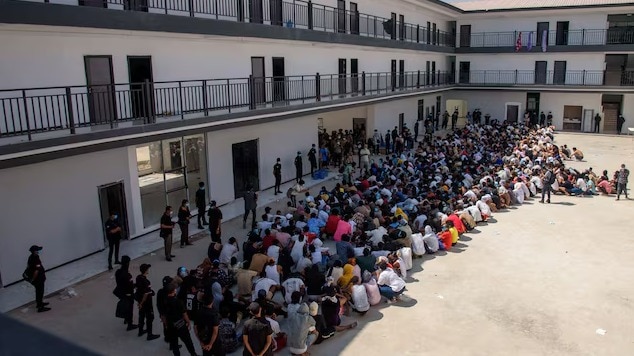The untold story of Ayyalasomayajula Lalitha, India’s first female engineer who entered college as a “special case” and rewired the future.
The corridor of the College of Engineering, Guindy, buzzed with the usual noise of young men laughter, chatter, the clatter of boots on red oxide floors. Then, suddenly, the sound dipped. Heads turned. Conversations paused. A young woman, draped in a crisp cotton saree, walked in clutching her notebooks close to her chest. Her eyes stayed low, but her steps did not falter.
It was 1940, and Ayyalasomayajula Lalitha had just become the first woman ever to enter the engineering classrooms of Guindy.There were no other women around no hostel room waiting for her, no restroom she could use, no precedent to follow. Only rows of curious, skeptical faces.
Some boys whispered, some laughed, others simply stared not out of malice, but disbelief. A woman studying electrical engineering? It was unheard of. The professor hesitated for a split second before beginning his lecture. Lalitha quietly took her seat, her saree pleats brushing the floor, her hands trembling slightly as she opened her notebook.
She didn’t know it then, but that small act – walking into a room where she wasn’t expected – was the first step in rewiring the future of Indian education.
A WIDOW’S WILLPOWER
Born in 1919 in Chennai (then Madras), Lalitha’s story defied every social script of her time. Married at 15 and widowed at 18, she was left with a baby daughter, Syamala, and a world that expected her to retreat into silence.
But her father, Prof. Ayyalasomayajula Subbarao, an engineer and lecturer himself, refused to let her life be defined by loss. He believed education was her path to independence. He taught her math and physics at home and encouraged her to apply to the College of Engineering, Guindy , a move that shocked the social circles of 1940s Madras.
There were no women’s hostels, no separate facilities, no policy to admit a woman. But her father personally appealed to the college principal, Dr. Reddy, who agreed to admit Lalitha as a “special case.” That single exception changed the course of history.
THE LONE WOMAN AMONG HUNDREDS OF MEN
Inside the classroom, Lalitha faced both curiosity and quiet resistance. Some peers avoided sitting beside her; others softened with time. Her professors, initially unsure of how to treat their only female student, soon discovered her diligence and intellect left little room for bias.
She excelled in her coursework, mastering complex subjects like electrical machines, power generation, and circuit design. Every exam she passed wasn’t just an academic milestone, it was a silent victory against a system that never expected women to belong there.
By 1944, she graduated with a degree in Electrical Engineering, becoming India’s first woman engineer.
FROM CLASSROOMS TO CONTROL ROOMS
After graduation, Lalitha joined the Central Standards Organization (CSO) in Shimla, where she worked on setting technical and safety standards for electrical equipment crucial for a country on the brink of industrial transformation.
Later, at Associated Electrical Industries (AEI) in Calcutta, she designed electrical generators and protective relays for power stations. She specialized in systems that kept India’s growing electrical grid safe and efficient,, literally powering the nation’s progress.
BALANCING INNOVATION AND MOTHERHOOD
Behind the pioneering professional was a single mother navigating the challenges of her time. Lalitha balanced her engineering career while raising her daughter, Syamala, who would go on to become a physician.
Her quiet strength didn’t make headlines then, but it paved the way for thousands of Indian women who would later enter science, technology, and engineering.
REPRESENTING INDIA ON THE WORLD STAGE
In 1964, Lalitha represented India at the First International Conference of Women Engineers and Scientists (ICWES) in New York an extraordinary recognition for a woman who began as an exception in her own country. There, she shared the stage with pioneers from 35 nations, discussing the role of women in shaping science and technology.
A LEGACY REMEMBERED
Ayyalasomayajula Lalitha passed away in 1979, her achievements largely unsung for decades. But in recent years, her story has resurfaced not just as a record of “firsts,” but as a symbol of resilience and quiet revolution.
She didn’t lead protests or deliver fiery speeches. She simply walked into a classroom that wasn’t meant for her and, by doing so, made sure every woman who followed would never have to ask for permission again.
– Ends










